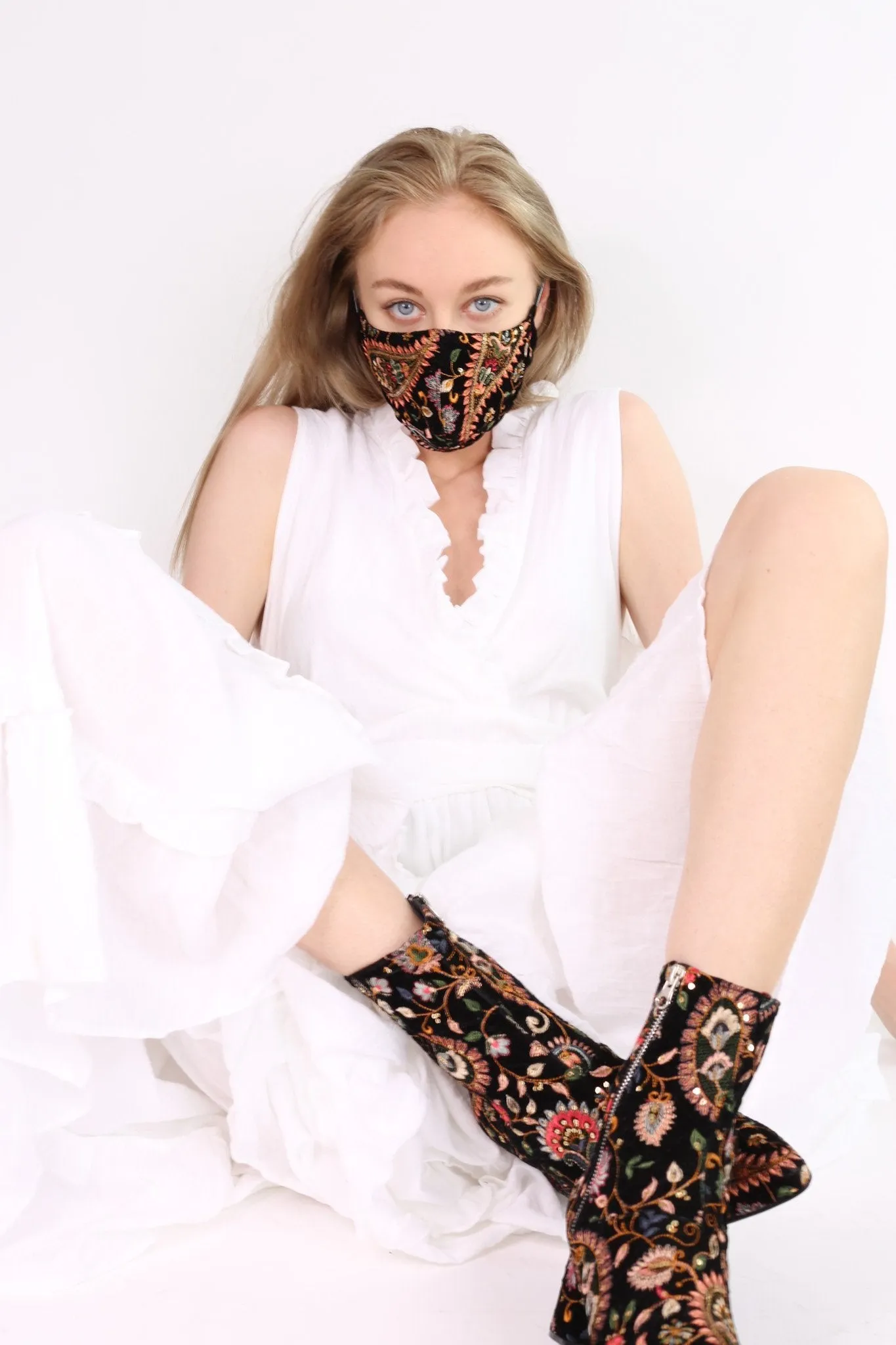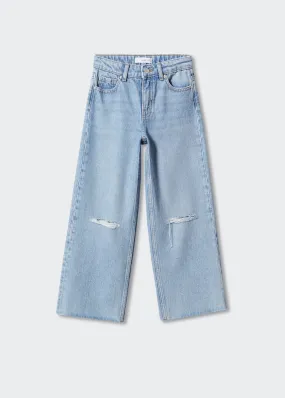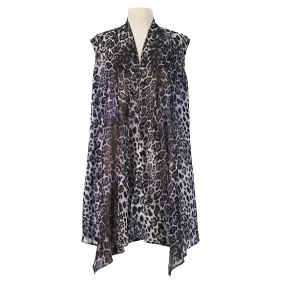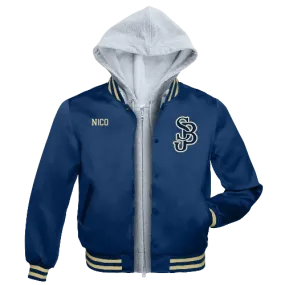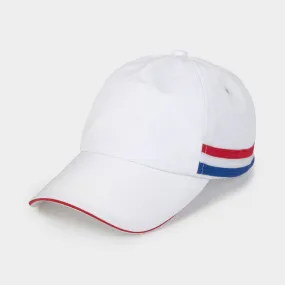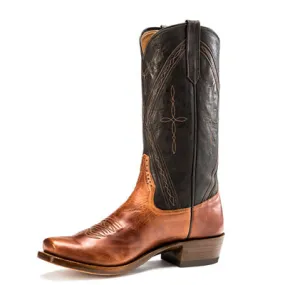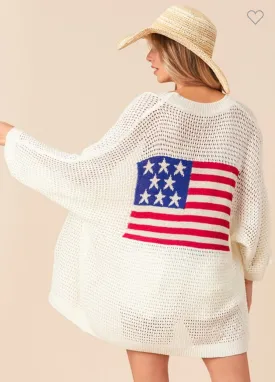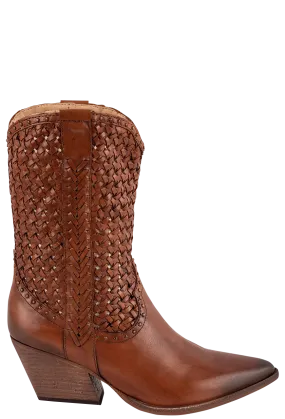The Roots Of Paisley Design
The roots of the instantly recognisable Paisley pattern design may surprise a lot of people, who do not realise that its heritage goes back not only many hundreds of years, but many thousands of miles too. It’s an interesting and varied tale which shows that multi-culturalism is by no means a new phenomenon. It may have experienced its ups and downs in popularity, but it’s always been assured a place in the heart of the local population of Paisley itself, as well as reaching new audiences of fashionistas and design buffs who strive to present their own take on this most traditional and beautiful of patterns.
A design that is many hundreds of years old
The design itself can trace its origins back to Persia and the Sassanid Dynasty, a period of time that stretches back to around 221AD. Its distinctive shape, likened variously to a tear drop, a kidney or even that most exotic of fruit the Mango was originally called “boteh jegheh” and was created as a motif for a religious movement known as Zoroastrianists. The design was supposed to represent the Cypress Tree which was their symbol of everlasting life.
In Tamil culture, another region famed for it’s love of the pattern, the paisley design is known as Mankolam, as it resembles a Mango. Mango fruit is incredibly highly prized amongst the Tamil, it being a symbol of health, peace and prosperity.
The symbol was not only used as a design to go into fabric, but something that would also be used in jewellery designs too, particularly modelled in high carat gold earrings or pendants.
The spread of the influential pattern
Another popular design of the time and of the Persian region was something called the “buteh” which was similar in appearance to the design we’re familiar with but took on more of a floral appearance. This was used to decorate anything to do with the royal line of the time, including crowns and court garments. It was typically woven from gold or silver threads and put onto clothing or apparel that was constructed out of silk.
Tech Tip : Now load/access your essential graphics/design software onto a cloud hosted citrix vdi and experience the ease of comfort to remotely access it from anywhere on any device(PC/Mac/android/iOS). Now you can also access complete MS office suite on the same desktop by visiting O365CloudExperts.
The fashion for using the pattern spread to many other Asian and Indian countries over the following centuries and it was in the Moghul period between the years 1526-1764 that it became the most popular, appearing on everything from stone carvings to the accoutrements and regalia of Princes and Holy Men.
It was during the 1600s that the pattern began to appear on shawls that were specifically designed for men. Historians have dated the earliest discovered piece of textile work with the design on to around 1680.
Princes of this era wore expensive pashmina shawls with the design that were incredibly labour intensive to make as they included a mixture of tapestry and weaving to produce them. Estimates guess that each shawl could have taken as long as eighteen months to make, such was the level of detail that went into them. The garments were being produced in Kashmir, which incidentally, is the region that gives us the name Cashmere in relation to the goat’s hair that the shawls were woven out of at the time.
Later development
During the late eighteenth century, when trade and industrialisation were beginning to take hold, men who were working for the British East India Company imported these shawls into the UK. As greatly loved as they were by the people who were importing them, it was recognised that they were going to be incredibly expensive and time consuming to produce so these entrepreneurs wanted to try and find ways of mass producing them much more cheaply.
It was during the closing stages of this century that we first see records for Paisley Patterned shawls being made in Norwich in East Anglia and for the first time in Scotland, though it was initially in Edinburgh.
Napoleon Bonaparte
If you want to know why Paisley became the epicentre of the design and gave it its name, then we need to look no further than the Napoleonic wars, which occurred at the end of the eighteenth century and spread into the early nineteenth.
These wars presented major problems with trading and exporting of goods, meaning that many luxury items simply couldn’t be brought across to the UK, one of these were the intricate shawls.A side effect of trade being interrupted meant that there were many workers in this country who were out of work. At the time, Paisley was a major producer of silk, it therefore had many skilled workers who were unemployed.
A story that’s passed into lore tells of a mill in Edinburgh called Patersons who were having trouble completing an order for shawls that they had been sent. The order was sent to some unemployed silk workers in Paisley who did an exceptional job. They realised how much potential money there was for making such garments and from then on, the industry thrived in Paisley and the various mills in the town. The mill workers here were known not only for their immense skill, but for being very well read and educated too.
Victorian era onwards
By the mid 1840s, the fashion for these shawls and the designs being produced in Paisley were the envy of all of France too and there became something of a problem with the French trying to counterfeit and copy them. Thus, the British Government decided to introduce a patent to the pattern. Whilst the silk workers here were doing an exemplary job, the Industrial Revolution brought into play newfangled machinery such as Jacquard Looms.
These pieces of equipment meant that a wider variety of Paisley patterns could be produced in a much quicker and efficient fashion in a wider variety of colours too. By the year 1860 it’s estimated that the weavers in Paisley could produce shawls that had as many as fifteen different colours in them, a marked increase on the number of colours that the same shawls being imported from Kashmir could produce.
During the latter stages of the Victorian era, more technological developments meant that as well as the pattern being weaved into shawls it could also be printed onto cloth and garments. Once this happened, its popularity spread further, as it suddenly became much cheaper for the weavers of Paisley to produce and meant that people who couldn’t afford to buy the shawls had a way of incorporating the fashion into their clothes. However, as with many popular trends, it soon fell out of favour.
Paisley pattern in fashion
The trend for Paisley pattern did sadly wane somewhat into the early stages of the twentieth century; however, it did experience many revivals over the years. During the 1960s it became an essential part of menswear again with everything from paisley patterned shirts and ties being worn and loved by discerning gentlemen keen to get in on a fashion trend.
It once again saw a resurgence during the early years of the twenty first century, becoming associated with sporting competitions, when during the Winter Olympics of 2010, the Azerbaijan team wore Paisley patterned trousers as part of their uniform. It made them an instantly recognisable part of the winter sports event, putting the pattern back on the fashion map once again. They were also made famous by the exuberant US golfing star John Daly who took to the fairway of the 2009 PGA Championships in a pair of brightly coloured purple paisley patterned golfing trousers. A character who is never one to shy away from publicity, the trousers certainly got him noticed. John Daly was able to place well in the tournament with a miraculous drive using a Titleist Driver.
It’s clear that while the pattern has experienced ups and downs over the years and tastes have changed, it will never truly disappear and will always have a place somewhere in the fashion lover’s wardrobe. To think of how far it has travelled and how it developed in such a small area of Scotland is truly amazing.




